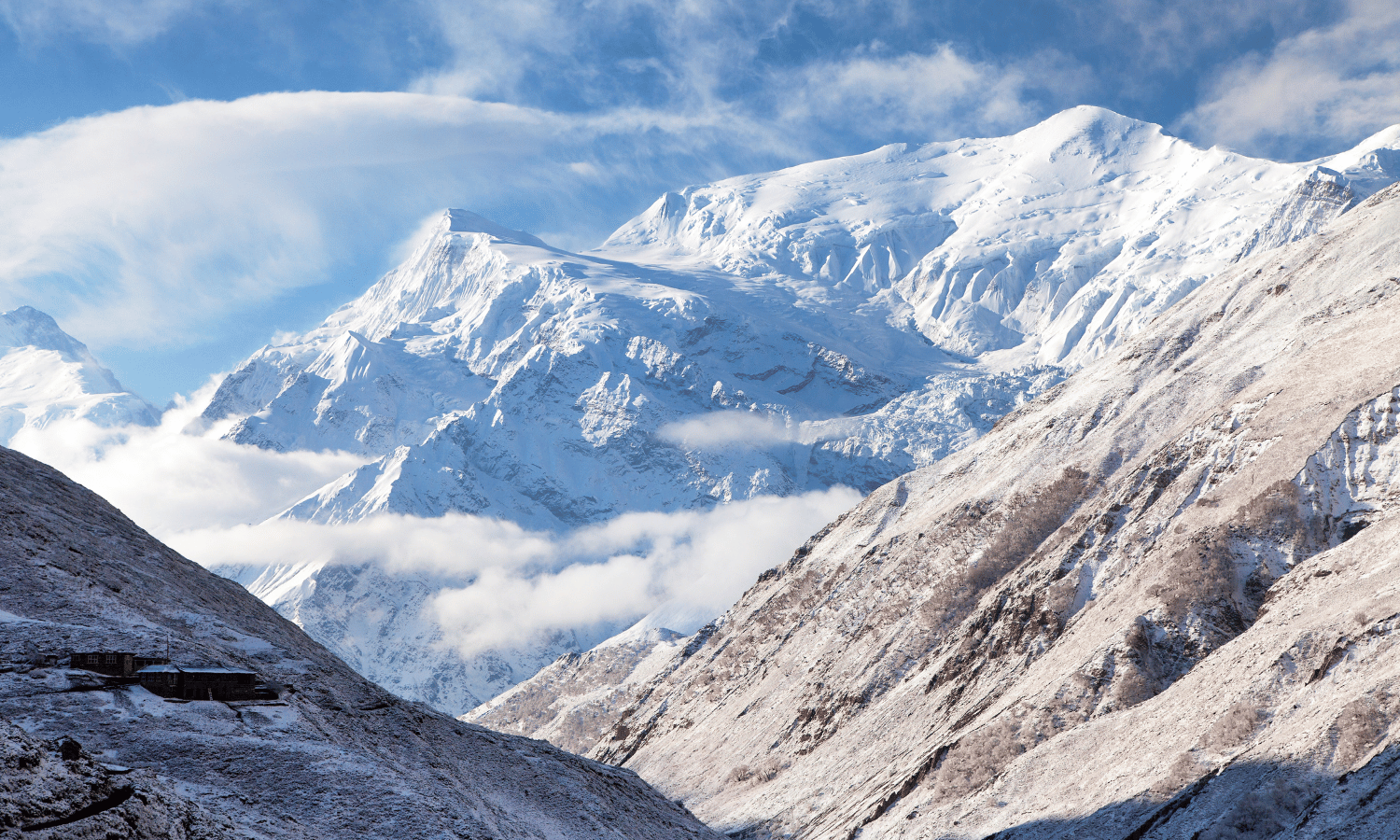

Random
Mountains of Nepal

Nitesh Shiwakoti
Nepal, often referred to as the "Gateway to the Himalayas," is home to some of the most breathtaking mountain ranges in the world. With eight of the fourteen highest peaks, including Mount Everest, Nepal is a paradise for trekkers, mountaineers, and nature enthusiasts. This post explores the beauty, culture, and adventure that the mountains of Nepal offer.
1. A Land of Peaks
The Himalayas form the natural border on Nepal's northern edge, a scenic backdrop to the nation. Among these behemoth mountains, Mount Everest (Sagarmatha in Nepali) stands as the planet's tallest at 8,848.86 meters (29,031.7 feet). The attraction of Everest is that it has climbers from all over the globe who want to conquer its steep ridges or merely bask in its majestic scenery at base camp.
Other prominent summits are Kanchenjunga, Lhotse, Makalu, and Annapurna. Each of them has its own beauty, inviting adventurers to experience their magnificence for themselves.
2. Trekking Trails
There is a variety of trekking paths in Nepal, for all types of ability and preference. One of the best known, probably the most so, is the Everest Base Camp Trek, whereby trekkers walk through green valleys, village Sherpa, and awe-inspiring panoramas of the tallest mountains on the planet. Annapurna Circuit is renowned too, due to the wide range of different landscapes and endless cultural exposure.
For those looking for a less-trodden path experience, the Langtang Valley Trek provides breathtaking vistas of Langtang Lirung and an opportunity to visit ancient Buddhist monasteries. The charm of these trails is not just in the natural landscape but also in the friendly hospitality of the local people.
3. Rich Culture and Tradition
The mountains of Nepal are full of tradition and culture. The indigenous people, including the Sherpas, Gurungs, and Tamangs, have lived around these grand mountains for generations. Their culture, religion, and lifestyle are interwoven with the mountains, thereby becoming an integral part of Nepal's identity.
Travelers can experience vibrant local cultures by participating in local festivals, savoring local cuisine, and staying in local lodges during trekking. The friendliness and hospitality of the mountain people leave a lasting impression on all travelers.
4. Flora and Fauna
The Nepalese mountains are not only massive peaks but also comprised of varied flora and fauna. The range of altitudes in Nepal from dense subtropical jungles to alpine grasslands supports diverse animals. The region is home to rare snow leopard, red panda, and Himalayan tahr. The national parks of the country like Sagarmatha National Park and Annapurna Conservation Area are the best destinations to see these rare animals in the wild.
5. Sacred Peaks and Spiritual Significance
Apart from being natural wonders, the majority of the peaks in Nepal are also spiritually significant. Mount Everest, for instance, is holy to the Sherpa people, and they call it Chomolungma in their language, which means "Goddess Mother of the World." The Annapurna range is also worshipped as a goddess in Hinduism. Nepal trekking is also a spiritual journey as the pilgrims pass along holy stupas, monasteries, and prayer flags, which give that extra essence to the religious and cultural heritage of the nation.
6. Adventure Beyond Trekking
Nepal's mountain ranges are not only meant for trekking and climbing but also offer an option of adventure sports. Adventure enthusiasts have paragliding in Pokhara, mountain biking on untamed trails, and rafting in the snow-fed pristine rivers as options. Nepal's topography is perfectly suited for that which involves thrills with nature.
7. The Himalayan Cuisine
No visit to Nepal is ever complete without attempting its rich and diverse cuisine that has been shaped by its mountain culture. Along the trek, you can have a go at the traditional foods like dal bhat (rice served with lentil soup), momo (dumplings), and thukpa (noodle soup). The local cuisine is what gives energy and warmth to the trekkers, and tasting them is an exotic way to taste the culture of the Himalayan mountains.
8. The Best Time to Visit
Although the Nepalese mountains are open year-round for trekkers, the best seasons to travel are spring (March-May) and autumn (September-November). During these seasons, the weather is good with mild temperatures and minimal rain. The seasons offer picturesque views of the white peaks, which is suitable for trekking as well as climbing operations.
If you like the blog don't forget to share the blog.